Skin Deep: What You Should Know About Your Health & Beauty Products
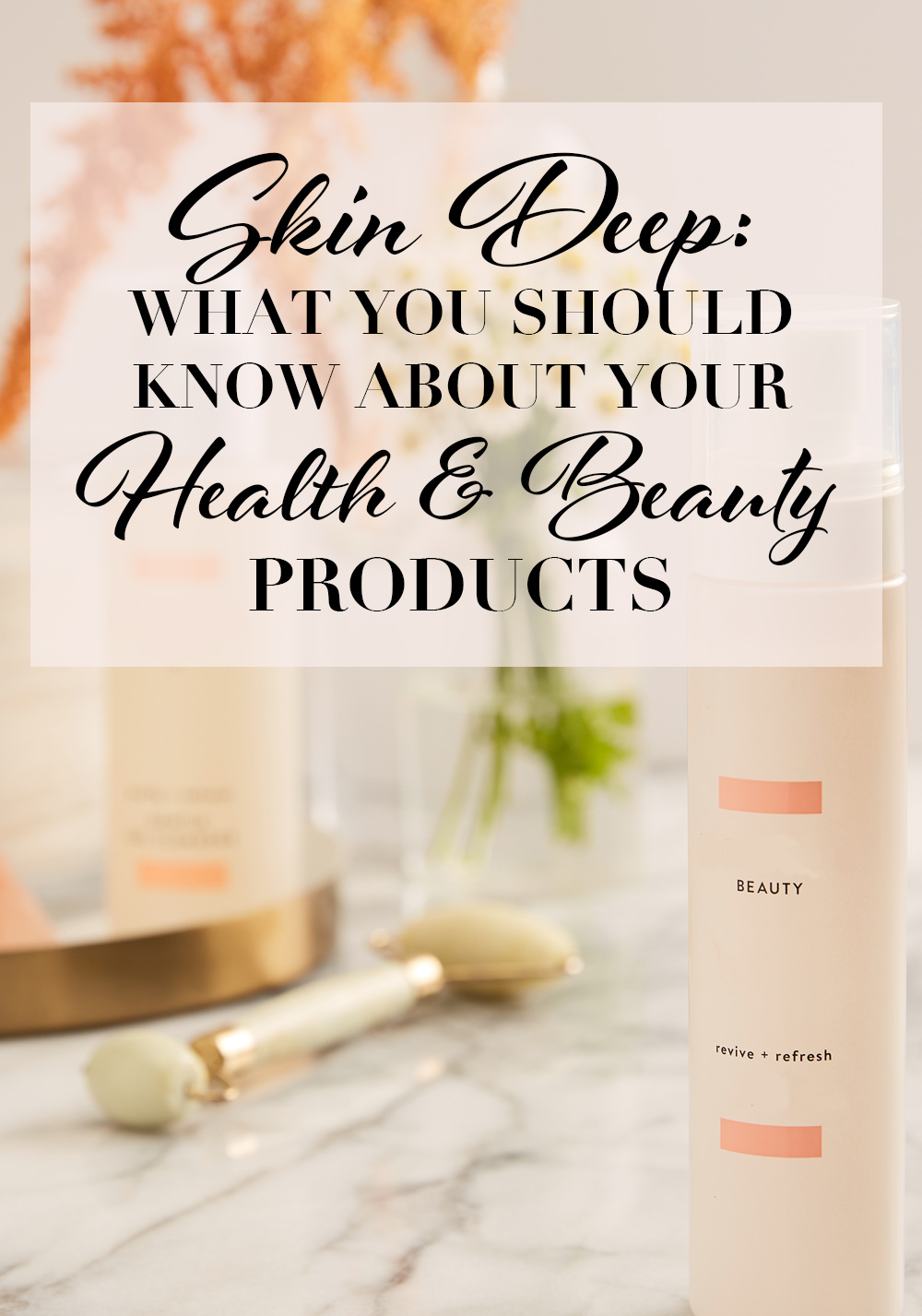
WHY DOES IT MATTER WHAT WE PUT ON OUR SKIN?
Your skin should be your best friend. It does so many things for you! It acts as a physical barrier, an immunologic barrier protecting us from pathogens, it helps with temperature regulation, protects us from radiation and helps with injury repair. Here’s what you should know about your health and beauty products.
SKIN ABSORPTION
As amazing as our skin is at protecting us from the external environment, it’s still a porous organ. There are numerous studies that show how highly absorptive skin can be, with the face, armpits and genital region being some of the most permeable areas on the body.
One study from the 80’s showed that while testing the skin’s permeability against tap water, 64% of contaminants were absorbed from the water. This research shed light on the fact that we are absorbing so much more through our skin than what we expected. Yet when it comes to U.S. laws regarding what is and isn’t allowed in our beauty, skincare and personal care products, there haven’t been any changes since 1938. Um, what?
U.S. LAWS HAVE NOT CHANGED SINCE 1938.
Think about what you apply to your skin on a daily basis. Even people with a very minimal regimen, like myself, will apply several different kinds of health and beauty products every day. Let’s count, shall we?
In the morning I put on some deodorant, moisturizer, a little foundation, concealer (to cover up the sleep deprived mom look), a dusting of eyebrow powder (it’s all about the brows these days) and blush. Later in the day I’ll have a shower and use some soap, shampoo, conditioner, face wash, body lotion (if I actually remember) and night time cream.
That’s 12 products in one day. I’ll admit, I definitely don’t wash my hair every day, but even without those items, that’s a minimum of 10 products every single day.

THE CHEMICALS IN OUR EVERYDAY PRODUCTS
Now, most people aren’t in the shower thinking “Oooh, I hope I’m absorbing lots of this water because I need to hydrate.” We just drink a glass of water. But when it comes to body and skincare products, we WANT them to be absorbed. Like, “Yes, collagen/peptide/hyaluronic acid magic potion please make your way down to my deepest wrinkle and plump them out!” But what is actually in our personal care products?
Unfortunately, there is a long list of chemicals commonly found in everything from our makeup, to baby bath products, our cleansers, creams, serums, hair products… the list could go on and on.
A recent study wanted to look at exactly this–what chemicals can be found in common, everyday products and how could they be affecting our body? This study was performed in Italy and it should be noted that there are many chemicals banned from use in the European Union that are not banned in the United States (just something to think about as we delve further into the study).
The researchers examined commonly found rinse-off products (shampoos, conditioners, toothpaste, soap), leave-on products (body cream, face cream, deodorant, hand cream, aftershave, sunscreen) and makeup products (lip stick, foundation, lip balm, nail polish) some of which were labeled as organic and for babies or children.
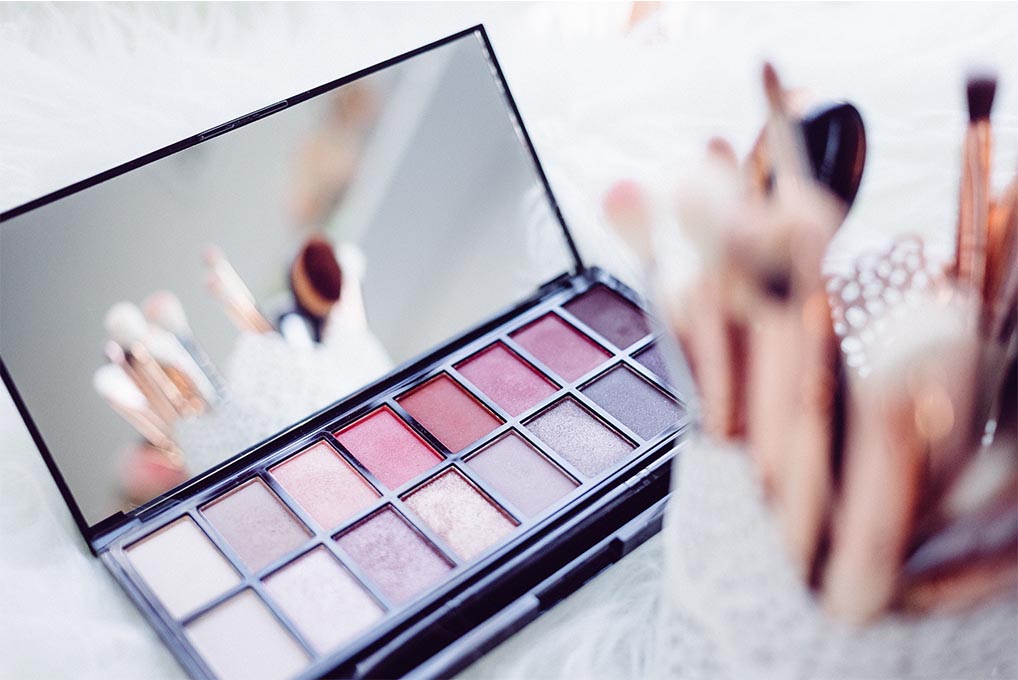
What they found in a huge percentage of the products were fragrances known to be skin sensitizers which are required to be on labels according to the Scientific Committee on Consumer Safety, preservatives shown to have harmful effects on human health, as well as other chemicals of concern such as surfactants, UV filters, emulsifiers and other synthetic compounds. Many of these substances are regulated, meaning they need to be in quantities below a certain threshold and/or must be listed on the label.
However, what is not taken into consideration is what the researchers of this study call the “cocktail effect”–the combination of multiple substances found in each of the products used everyday, and the “additive effect”–the addition of the same substances in multiple products, as well as other sources, which can quite quickly put someone over the safety threshold of many chemicals.
JUST A FEW OF THE SUBSTANCES FOUND WERE:
- PEGs – which can retain residual impurities from the production process, such as heavy metals
- Formaldehyde-Releasers – which are responsible for formaldehyde exposure, a known carcinogen, as well as a common reason for contact dermatitis
- Parabens – A common preservative which has been shown to be an endocrine disrupter by imitating estrogenic activity, which has been linked to cancer of the breast, ovary and testicles
If you want to read the whole article you can find it here. Another excellent book that sheds light on how easily toxins from our everyday products can enter our system is the book Slow Death By Rubber Duck. Their experiments mimicked everyday life and showed that after just a few days of using common household products such as shampoo with phthalates in it, there was a dramatic rise in the levels of phthalates in the body.
Now, I don’t share this information to make you despair, but more to make you aware of what is in our everyday products and how it can affect us negatively. What this book also showed was how quickly levels went down after discontinuing the products and how just being aware and choosing health and beauty products that don’t contain these chemicals can make a huge difference to the toxic burden on our bodies.

So how do we go about this? Do we need to throw away all our PCP’s immediately and start making our own shampoo and toothpaste? If you have the time and resources to do that then have at it! But for the rest of us who aren’t so crafty, start small. The next time you run out of one of your products and you’re out shopping for a replacement, download the Think Dirty app and let it help you. The next time you have a question about a product, look it up on the app or scan the barcode of something you already have to get a list of ingredients and a safety rating.
Some of my favorite brands for babies and kids are California Baby and Badger products. Because, let’s face it, as an adult I can choose whether or not I want to use a product with potentially harmful additives, but as a baby, I don’t have that choice!
Lastly, if you’re looking for a place to get a whole range of health and beauty products that have been chosen with the mission to provide safe, sustainably and responsibly-sourced products to everyone from infancy to adulthood, Beautycounter is the perfect stop. You will find everything from their award winning Counter+ No.1 Brightening Facial Oil, sheer lipsticks and sun lotions to baby shampoo that smells like orange vanilla creamsicle without any of the nasty ingredients that we don’t want.
At the end of the day, can we avoid all the environmental toxins out there? No. Should it be something that we constantly worry about? Also no! But being aware and taking small steps to cut them out where we can makes a big difference to the burden that your body is under to try and rid itself of these chemicals on a day to day basis.
There are so many wonderful companies out there striving to make better products for us and everyone should know about them because we deserve better.
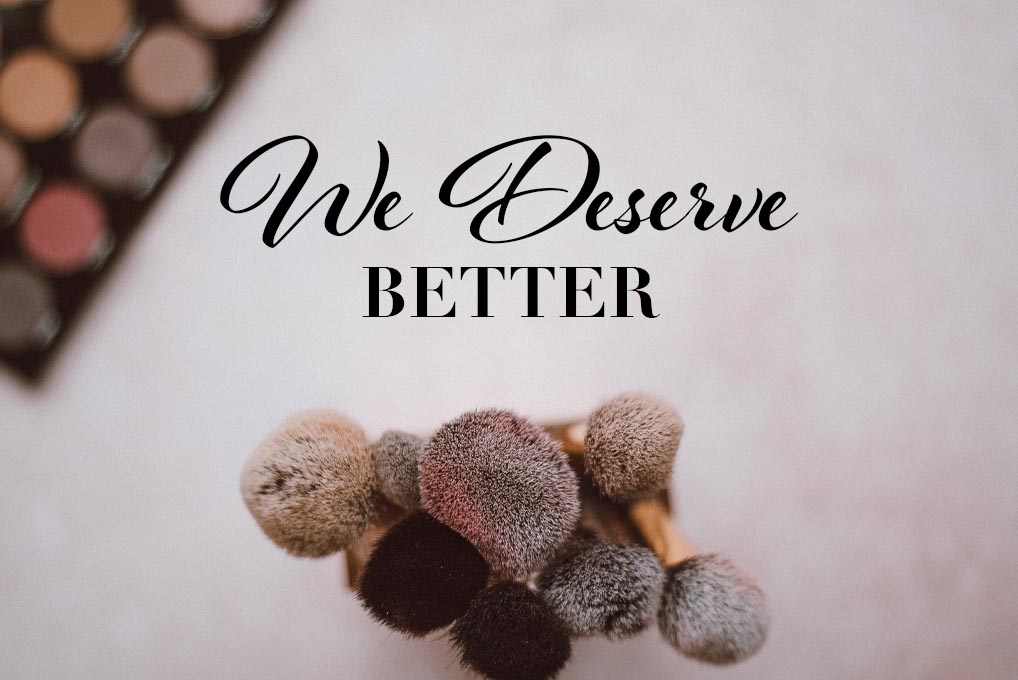
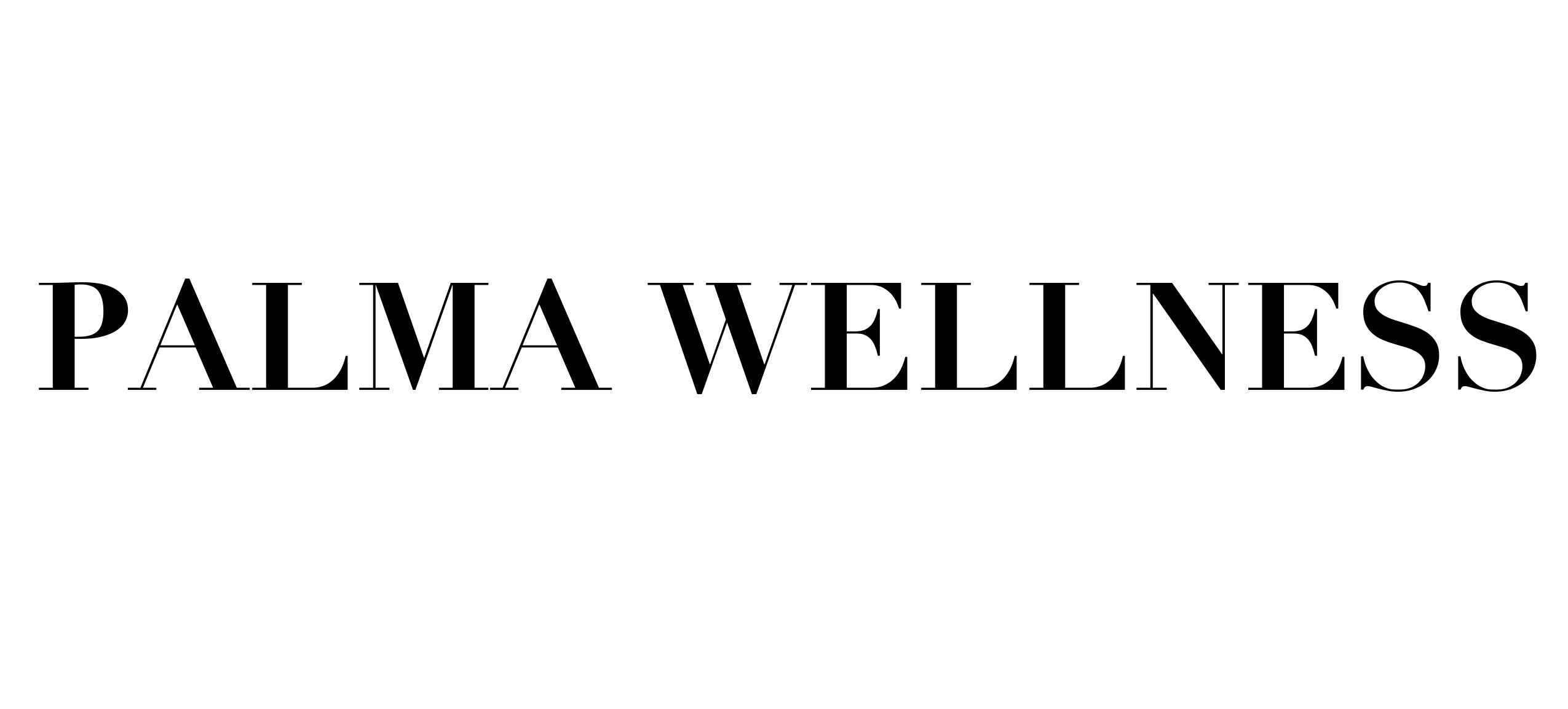
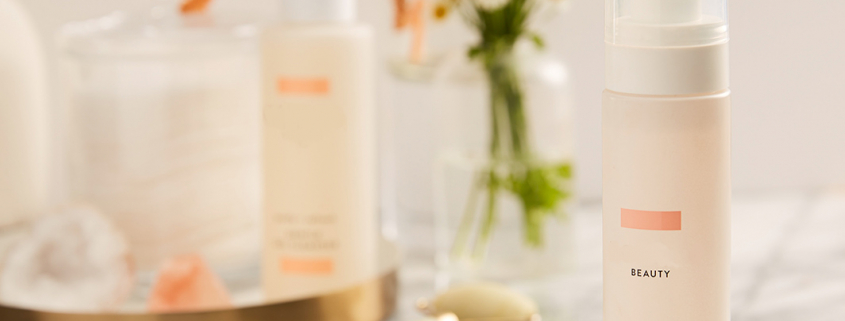

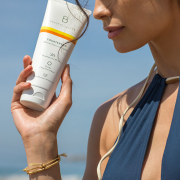
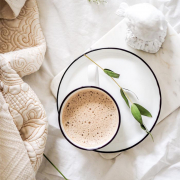
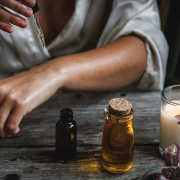


Love this❤️ So informative and a great resource to return to on my continuing hunt for non-toxic products and ingredients for myself and my family! Please keep on posting this info-as crazily, not many people actually know about it! Xoxo
We are so glad that you love this!